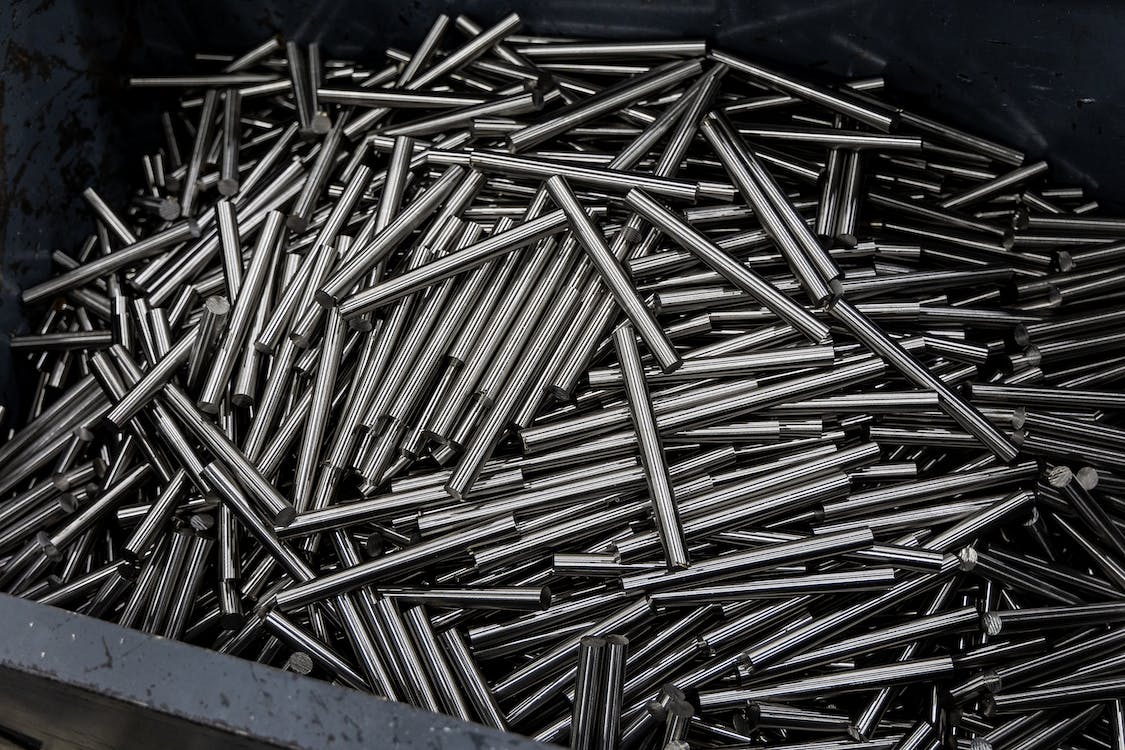Global Aluminum Market Unlikely to See Significant Volatility This Year
- Published: May 23, 2023

By Vivek Aggarwal, The Smart Cube Senior Forecasting Analyst
Russia’s invasion of Ukraine has created uncertainties around the global aluminum market as the United States and its allies weighed economic sanctions and tariffs on Russian exports. Russia is one of the leading producers of aluminum and it’s a key part of the nation’s defense industrial base.
Earlier this year, the White House announced that the U.S. will impose 200 percent tariffs on Russian aluminum. The 200 percent duty also will apply to aluminum imports from elsewhere that include Russian aluminum. Typically, tariffs lead to increased prices for various commodities, but our commodity specialists believe the impact of this action against Russia won’t cause significant volatility due to decreased reliance on Russian aluminum; oversupply of the metal and therefore, tumbling prices; and economic slowdown cooling demand.
Decreased Reliance on Russian Aluminum Sends Prices Tumbling
There are bigger macroeconomic and demand-side issues at play affecting aluminum prices than U.S. tariffs on Russian aluminum. Prices of aluminum on the London Metal Exchange, the international benchmark, have fallen about 30 percent from a year ago and remain under pressure.
At the beginning of last year, prices surged on supply concerns in the days and weeks leading up to Russia’s invasion of Ukraine. Prices continued rising after the start of the war as the U.S. and other western nations brought economic sanctions against Russia. The U.S. did not initially target Russian aluminum, but the sanctions and the war led to increases in many commodity prices. Aluminum prices soared more than 30 percent in the first quarter of 2022.
But since peaking in March of last year, prices have tumbled as users have decreased their reliance on Russian aluminum.
As some key buyers shunned Russian supplies, aluminum inventories began growing. Meanwhile, China, the world’s largest aluminum producer, kept its smelters humming and added to the oversupply. Despite production cuts in Europe and the U.S. due to high energy costs, worldwide aluminum production rose 2 percent last year, to 68.5 million tones, according to the International Aluminium Institute.

Recession Fears Stifle Demand
The rise in global output came against growing worries that an economic slowdown would weaken demand for the metal. Europe’s energy crisis that was sparked by the war, hammered the region’s industrial economy. Inflation and rising interest rates created recession fears in the U.S.
In addition, currency fluctuations have hurt aluminum prices. The Federal Reserve’s aggressive interest rate hikes to combat inflation have strengthened the U.S dollar relative to other currencies. As metals are priced in dollars in international markets, the strong dollar makes aluminum more expensive for holders of other currencies.
The difficult economic conditions of 2022 have continued into this year, lending a bearish outlook for aluminum. Aluminum prices declined 8 percent during February and March because of a monthly rise in inventories at the London Metal Exchange and the continued interest rate hikes in the U.S. to corral inflation. In addition, the US ISM Manufacturing PMI continued to remain in contraction, reaching 46.3 points in March, leading to a slowdown in demand from downstream manufacturing activities. More recently, the uncertainty in the U.S. financial system amid the fallout of Silicon Valley Bank (SVB) resulted in investors becoming more risk-averse and beginning to liquidate their positions in commodities (including base metals), leading to a drop in prices.
Further, prices are forecast to drop 10 percent on a yearly basis in 2023, due to projected surplus of 872,000 tones (1.3 percent of the global primary aluminum production) coupled with slowdown in global economic growth driven by continued interest rate hikes by the major central banks. However, ongoing production cuts in China due to power rationing and uncertainty regarding the hydropower generation in the region may possess a risk to the aluminum prices.
What if Europe Joins U.S. in Bringing Action Against Russian Aluminum?
There is one scenario that could push prices up and that is if Europe follows the U.S. in imposing tariffs on Russian aluminum or goes as far as banning the metal. The EU is more dependent on Russia for its aluminum supplies than the U.S., as Russia accounts for about 13 percent of imports. Supplies are already tight in the EU after smelters in the region shut down production because of soaring energy prices. So, the war in Ukraine and further trade actions by western nations will continue to be top of mind in the aluminum market.
Impact of retaliations by Russia
If Russia retaliates against the U.S. import tariff, it will likely lead to supply-side disruptions in the U.S. metals market, particularly in the nickel and palladium market. Russia is the largest global palladium producer, accounting for around 40 percent of global supply and contributing around 35 percent of total U.S. palladium imports in 2022. Additionally, approximately 11 percent of total nickel imports by the U.S. are sourced from Russia. These factors could significantly impact the U.S. metals market and global supply chains.
The Smart Cube (a WNS company) is a global provider of strategic research and analytics solutions. Learn more at www.thesmartcube.com.













